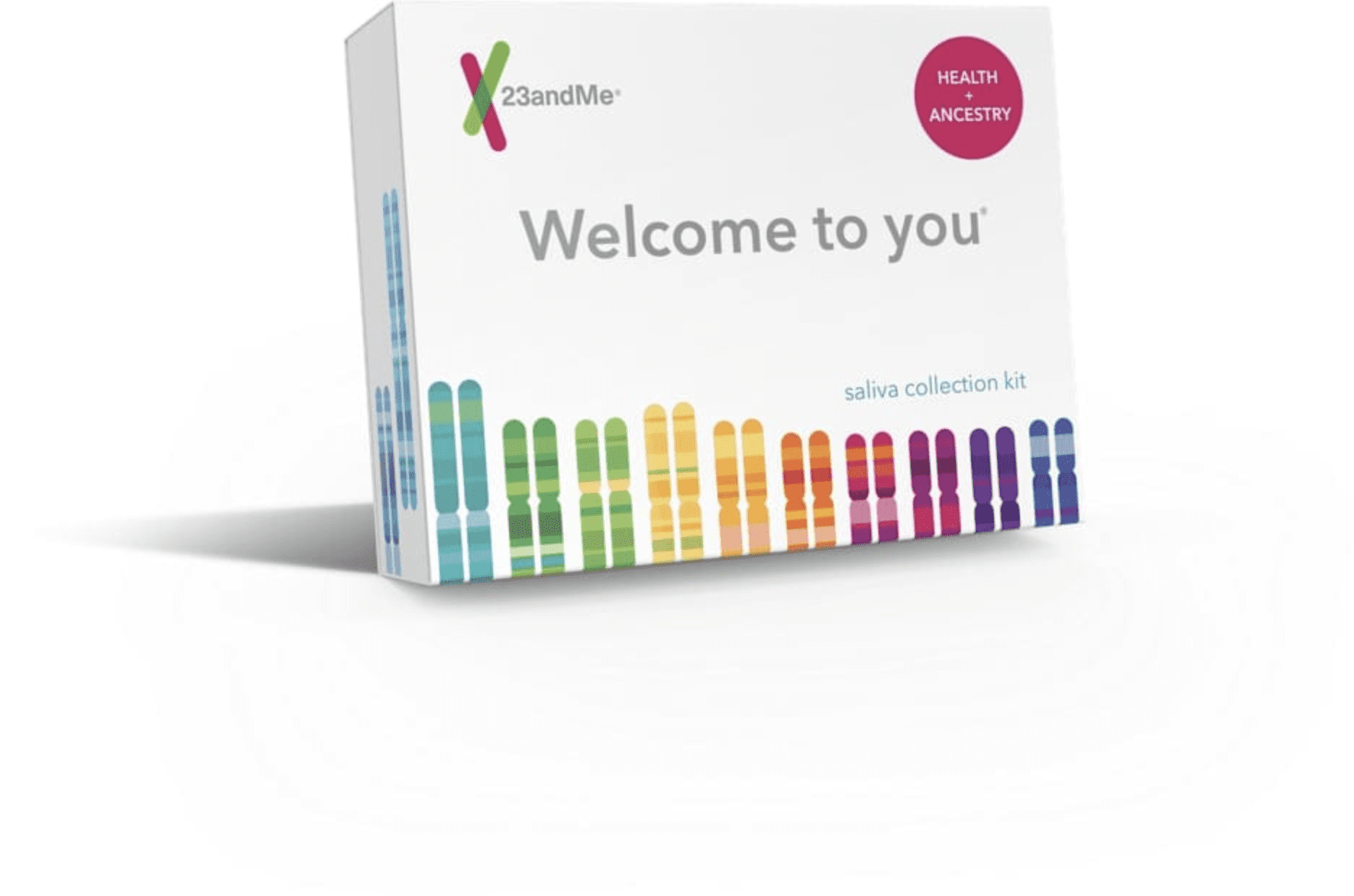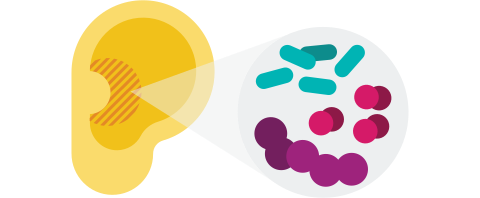How it works
So, what is earwax, anyway? It has nothing to do with candles or the stuff that bees make. Human earwax is a fatty substance produced by glands that are found deep within the ear canal.
The genetic link
You can thank your ABCC11 gene for your earwax type. This gene contains instructions for a protein that moves fat into, and out of, your cells. People who have 1 or 2 copies of the C variant in the ABCC11 gene have more fat in their earwax, making it wet and sticky. People who have two copies of the T variant have less fat in their earwax, making it dry, light-colored, and flaky.

Did you know?
Earwax plays an important role in keeping our ears bacteria-free. Earwax traps dirt and bacteria and moves them up and out of the ear canal when we move our jaws. Earwax also contains at least 10 compounds that help it prevent bacteria from growing inside your ear.
Explore more
Intrigued? 23andMe’s Health + Ancestry Service can tell you whether you’re more likely to have wet or dry earwax. Pick up one of our kits to learn what your DNA has to say about your earwax type.

Health + Ancestry Service
References
23andMe Blog (2018, May 4). “Health at 23andMe: The Circus of Human Traits.” Retrieved October 13, 2018, from https://blog.23andme.com/23andme-and-you/23andme-how-to/health-at-23andme-the-circus-of-human-traits/.
U.S. National Library of Medicine. (2018). “ABCC11 gene.” Genetics Home Reference.

Leave a Reply